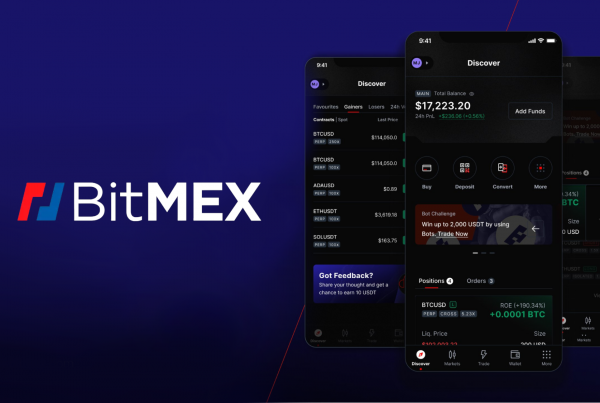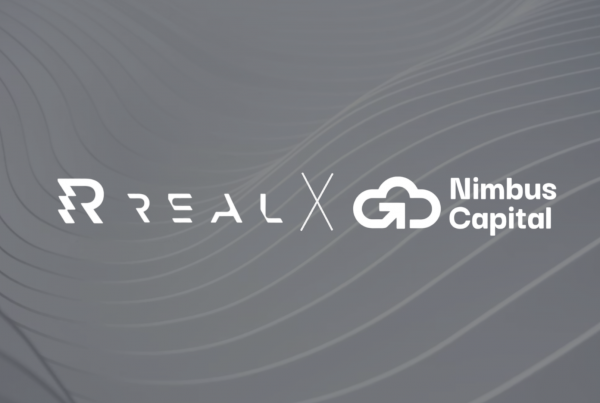
As blockchain technology and its applications expand, the necessity for further evolution has led to discussions regarding cross-chain and multi-chain solutions and their respective use cases. Both concepts offer unique approaches, each with its own set of advantages and drawbacks.
The smooth flow of data and information between several blockchain networks is the shared goal of both multi-chain and cross-chain technology. In this article, we will thoroughly examine both of these technologies and give insights into their differences.
Interoperability
Blockchain is growing in demand resulting in a growth of use cases including the designing of several blockchain applications and incorporation in several industries including Ethereum betting sites.
Before delving deeper into the nuances of multi-chain and cross-chain technologies, it’s important to highlight a component that applies to both: interoperability. Interoperability in the context of blockchain refers to the ability of diverse networks and projects to connect with one another, allowing for the efficient exchange of data, information, and tokens. This fundamental concept underpins the functionality and connectivity of blockchain ecosystems.
Since blockchains are decentralized, they do not have built-in capabilities to communicate with other blockchains or external applications. This creates a limitation known as the oracle problem, which prevents interoperability between chains.
What is multi-chain?
Multi-chain refers to blockchain technology where multiple individual chains are interconnected within a collaborative environment, allowing distinct chains to interlink and work simultaneously yet retain their autonomy and run their algorithms independently.
This allows them to facilitate the transfer of data between the different chains on the network while maintaining the security of their private data. However, even as each chain keeps its autonomy, they must agree on set rules or regulations before participating.
How multi-chain works
The initial goal of almost every blockchain is always to get more users and with a multi-chain application, developers design smart contracts for each different blockchain. Decentralized applications (dAPPs) designed for only one blockchain would benefit from multi-chain technology as they would be able to attract more users.
Not only that but users on a blockchain who wish to use an application on another blockchain have to go through several steps like getting a new wallet, bridging funds, and buying the chain’s native token just to use the dAPP. But, with multi-chain tech, the user would be able to access the dAPP on their preferred blockchain.
The metaverse has benefited from multi-chain support by enabling metaverse developers to design better systems that can be deployed across chains.
Pros of multi-chain
There are several arguments for using multi-chain, one of which is its ability to allow privacy and security. Networks are able to maintain their private data, keeping transactions private even as they attract more users and enjoy the advantages of public networks.
Another advantage of multi-chain is parallel processing, which allows the division of processing power among multiple chains. This solves the single-chain congestion issue enabling scalability.
As it caters to different use cases, the flexibility of multi-chain enables developers to use it to design blockchains or dAPPs that can cater to unique requirements, and this fosters collaboration within the blockchain space.
Cons of multi-chain
One of the most significant downsides of multi-chain is that it is time-consuming and expensive. Developing and maintaining apps on numerous chains is costly and time-consuming since developers must change their algorithms to accommodate certain blockchains. For this reason, many multi-chain applications choose to remain within a specific group of blockchains.
Another disadvantage is delayed transactions, mainly because users need to seek permission before accessing any data and any permission granted has to be unanimous among any nodes involved.
What is cross-chain?
Similar to multi-chain, Cross-chain technology also offers the ability to communicate data across multiple chains. The only difference is interoperability. As mentioned above, interoperability allows users within a network to interact irrespective of which blockchain they are on. This way developers can build dAPPs and smart contracts, that can be used across multiple chains.
How cross-chain works
Cross-chains operate in an open and public manner, functioning as a blockchain bridge. This eliminates the necessity for third-party intermediaries like cryptocurrency exchanges. This functionality empowers users from various blockchain networks, like Dogecoin users within the Bitcoin ecosystem, to utilize their cryptocurrencies seamlessly across diverse platforms and ecosystems.
To handle this, a protocol that relies on smart contracts is deployed. These smart contracts enable users to maintain ownership of their assets, engage in trading activities, and receive the equivalent value for their coins. Smart contracts play a pivotal role in ensuring the security and automation of cross-chain transactions.
Pros of cross-chain
Cross-chain technology offers several advantages. Firstly, it allows smart contracts to be employed across various blockchains. This empowers applications on different chains to design features that enhance the user experience, resulting in more versatile and user-friendly applications.
Secondly, users can easily move funds without the involvement of intermediaries, making it perfect for interoperability. Lastly, cross-chain enables smaller and lesser-known blockchains to access a large user base, allowing them to maximize their liquidity. Users on such chains also get exposed to different assets.
Cons of cross-chain
While cross-chain offers interoperability, the bridges designed to handle this pose a risk to security. Taking the example of the Ronin Network Bridge where hackers stole approximately 173,600 ETH and 25.5 million USDC ($624 million), blockchain bridges are gaining a reputation as a weak link. Hackers know that large sums are moved through these bridges, making them an easy target.
Final Thoughts
Multi-chain and cross-chain both set out to solve one challenge: enabling communication and transactions between different blockchains. Nevertheless, each of them tries to handle this challenge differently.



